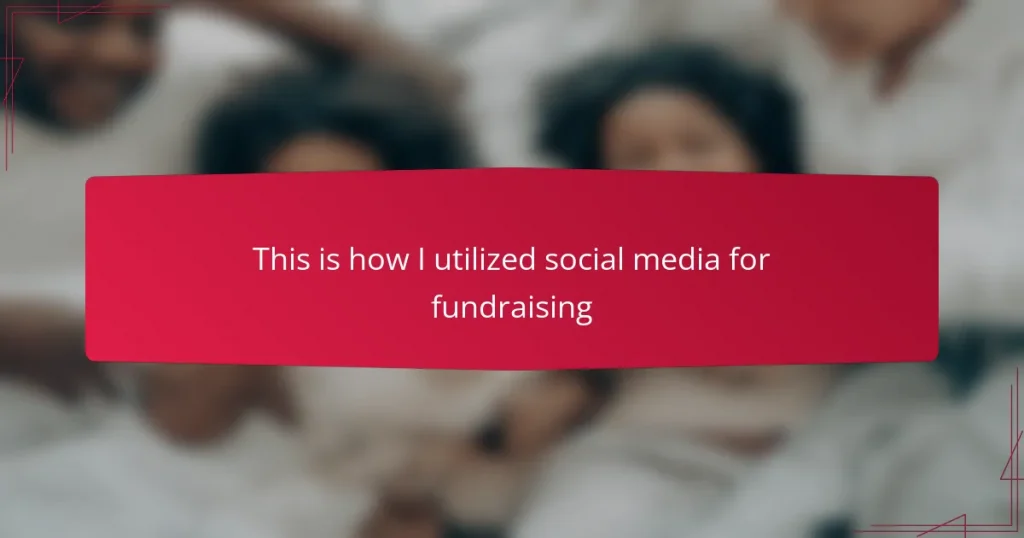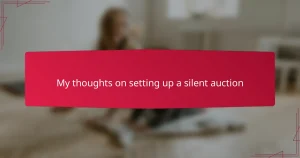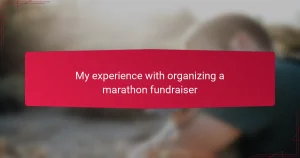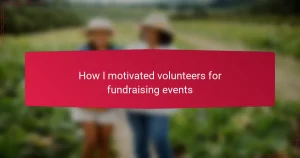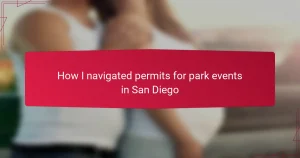Key takeaways
- Social media fundraising enables broad community connection and engagement, making it easier to share personal stories and updates.
- Crafting authentic, relatable content is essential for capturing interest and building trust among supporters.
- Choosing the right platforms and setting realistic goals are crucial for effective outreach and maintaining momentum.
- Tracking progress and celebrating small victories can enhance motivation and refine fundraising strategies.
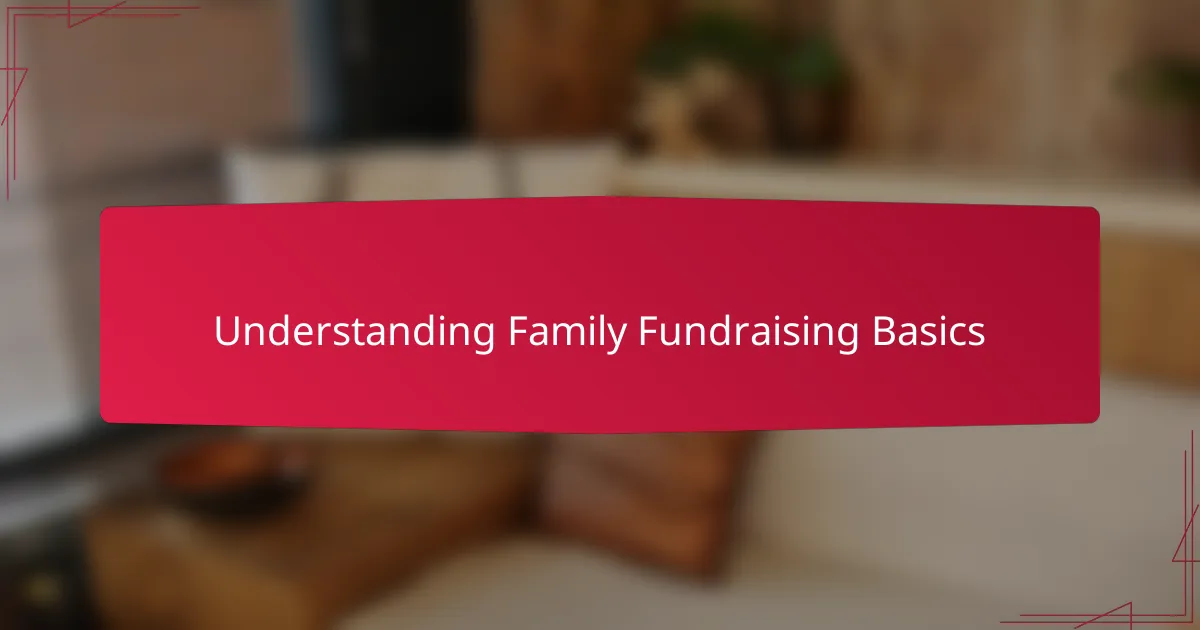
Understanding Family Fundraising Basics
Understanding family fundraising basics means realizing that every family’s story is unique, but the goal is the same: rallying support through genuine connection. When I first started, I learned that explaining the “why” behind the fundraiser clearly helped people feel more involved and willing to contribute. It’s all about trust and relatability, which social media makes much easier to build.
| Traditional Fundraising | Social Media Fundraising |
|---|---|
| Relies on in-person events or physical mail | Utilizes online platforms like Facebook, Instagram, and Twitter |
| Limited reach, mostly local community | Potential global reach instantly connecting diverse supporters |
| Time-intensive with planning and logistics | More flexible, can be managed from home at any time |
| Harder to track engagement and donations in real-time | Offers immediate feedback and transparent progress updates |
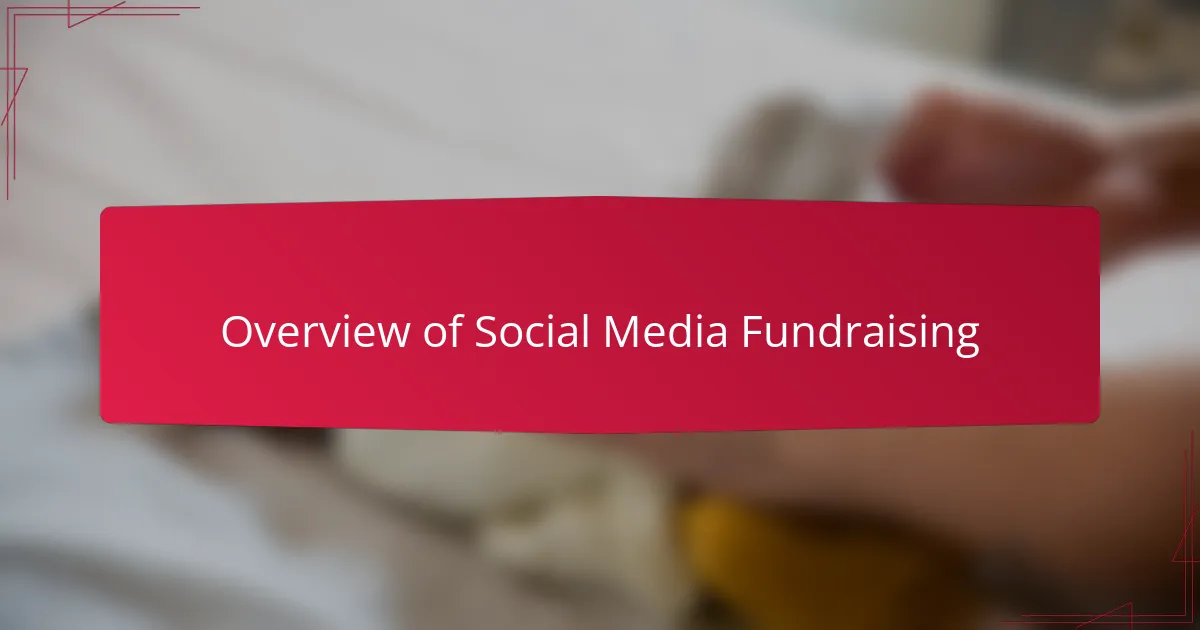
Overview of Social Media Fundraising
Social media fundraising has transformed the way families in San Diego connect with their community to raise support. When I first used social media for a family fundraiser, I was amazed at how quickly word spread and how many people showed genuine interest just by sharing a heartfelt story online. It’s not just about asking for money—it’s about creating a network of care and encouragement.
From experience, the key to successful fundraising on social platforms involves several important steps:
- Crafting a compelling and authentic story that resonates with your audience
- Choosing the right platform where your community is most active
- Using regular updates and visuals to keep supporters engaged
- Encouraging sharing and interaction to expand reach
- Expressing gratitude publicly to build lasting connections
These elements helped me turn a simple campaign into a meaningful movement of support.
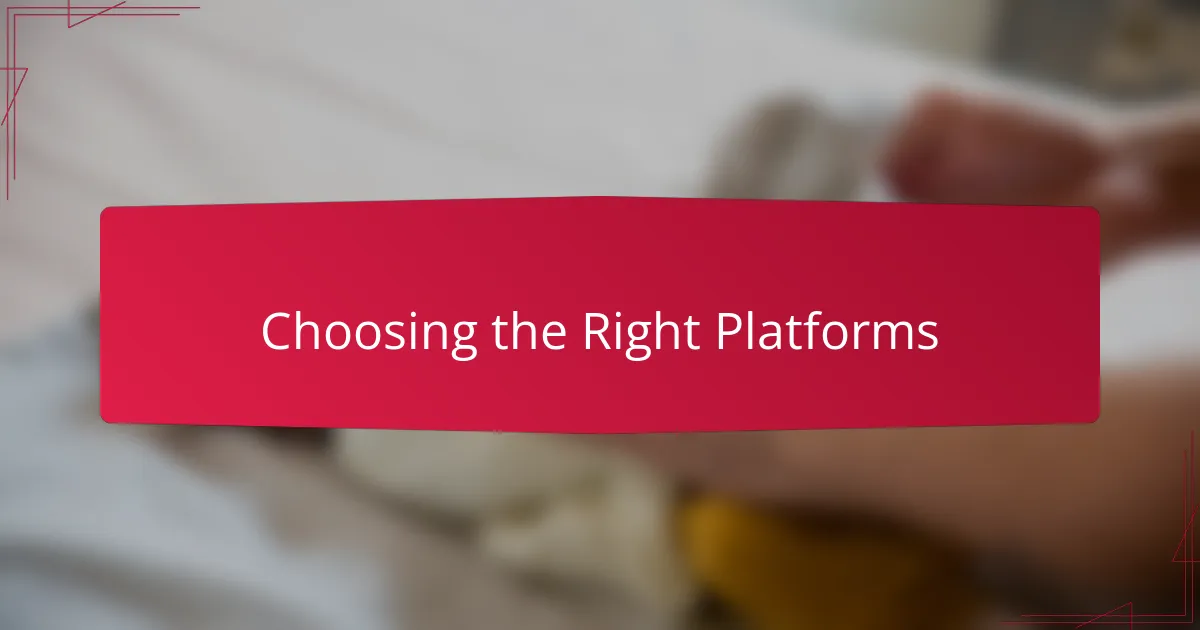
Choosing the Right Platforms
Selecting the right social media platforms was a game-changer for my fundraising efforts. I realized early on that not every platform suits every cause or audience. For my San Diego family fundraiser, I focused on channels where I knew my community was most active and engaged, which made outreach feel more personal and impactful.
From my experience, these platforms stood out for specific reasons:
- Facebook: Ideal for connecting with local groups and creating event pages, which helped rally support quickly.
- Instagram: Great for sharing heartfelt stories and visuals that captured attention and emotions.
- Nextdoor: Perfect for targeting neighborhood families who wanted to support local causes.
- Twitter: Useful for quick updates and spreading the word beyond immediate circles through hashtags.
- WhatsApp: Excellent for intimate, direct communication with close supporters and organizing efforts efficiently.
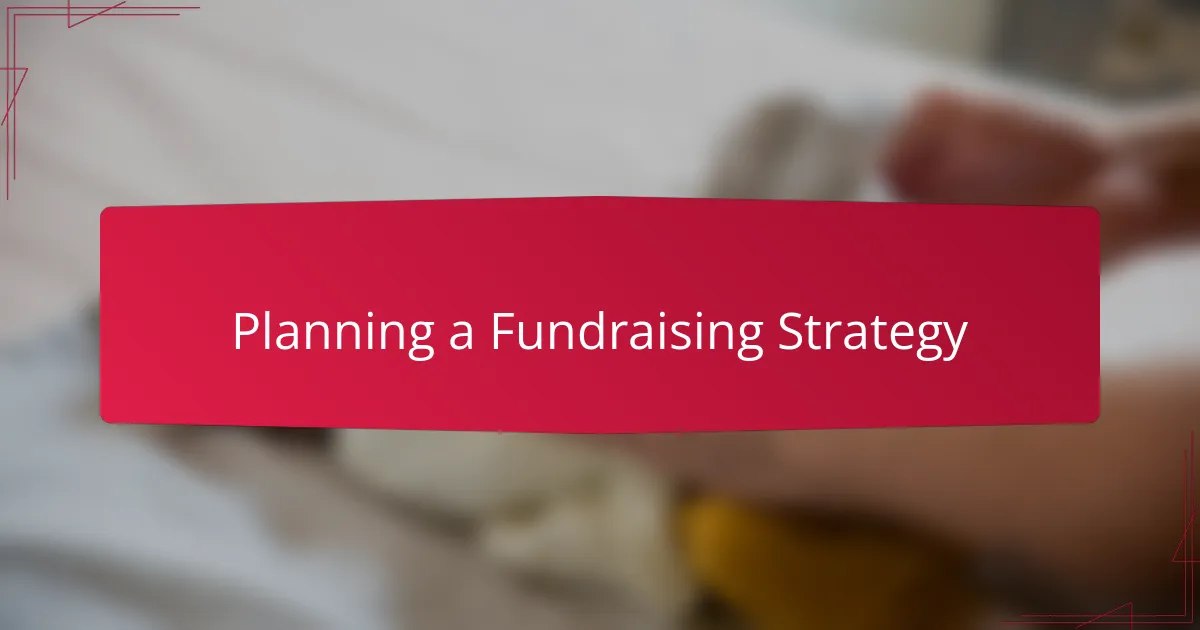
Planning a Fundraising Strategy
When I started planning my fundraising strategy, the first thing I asked myself was, “What story do I want to share, and how can it truly connect with others?” From there, I mapped out the key messages I wanted to communicate, ensuring they were heartfelt and clear. This made all the difference because having a focused plan kept me on track and made my outreach feel genuine.
I also found it crucial to set realistic goals and timelines. Without these, it’s easy to get overwhelmed or lose momentum. Breaking the campaign into manageable steps—like scheduling posts and planning updates—helped me stay organized and maintain excitement among my supporters.
Another lesson I learned was to anticipate engagement. I planned for ways to encourage sharing and interaction, asking questions and inviting feedback. It wasn’t just about broadcasting; it was about creating a two-way conversation that built a community around the cause. Have you thought about how you’ll keep people involved beyond the first ask? For me, that ongoing connection was vital.

Crafting Engaging Content
Creating content that truly connects was key for me. I found that stories—especially those showing the real faces and voices behind the cause—sparked genuine interest. Sharing moments, like a family member’s reaction or a community coming together, made the appeal more relatable and heartfelt.
What worked best was mixing formats to keep things fresh and engaging. Visuals grabbed attention, but pairing them with short, authentic captions brought the story to life. Here’s what I focused on to craft content that resonated:
- Personal stories highlighting family impact
- Clear, simple calls to action
- Emotional, authentic language instead of formal jargon
- Consistent branding to build recognition
- A mix of photos, videos, and testimonials
- Regular updates to show progress and keep supporters involved
This approach didn’t just increase donations; it built a community around our cause, which made the whole experience more meaningful.
![]()
Tracking and Measuring Success
Tracking progress in fundraising campaigns gave me real clarity on what resonated with my audience. By monitoring engagement and donation patterns, I could see which posts sparked the most support and when followers were most active. This helped me refine my approach and focus on what truly motivated people to contribute.
Measuring success also meant celebrating small wins along the way, which kept my spirits high and encouraged continued effort. Seeing real-time updates on shares and donations added a layer of excitement that I didn’t expect but deeply valued.
- Used social media analytics tools to track post reach and engagement
- Monitored donation page traffic linked from social posts
- Noted peak engagement times to schedule future posts strategically
- Tracked the number of shares and comments as indicators of message spread
- Reviewed donor feedback to understand emotional impact and support motivations
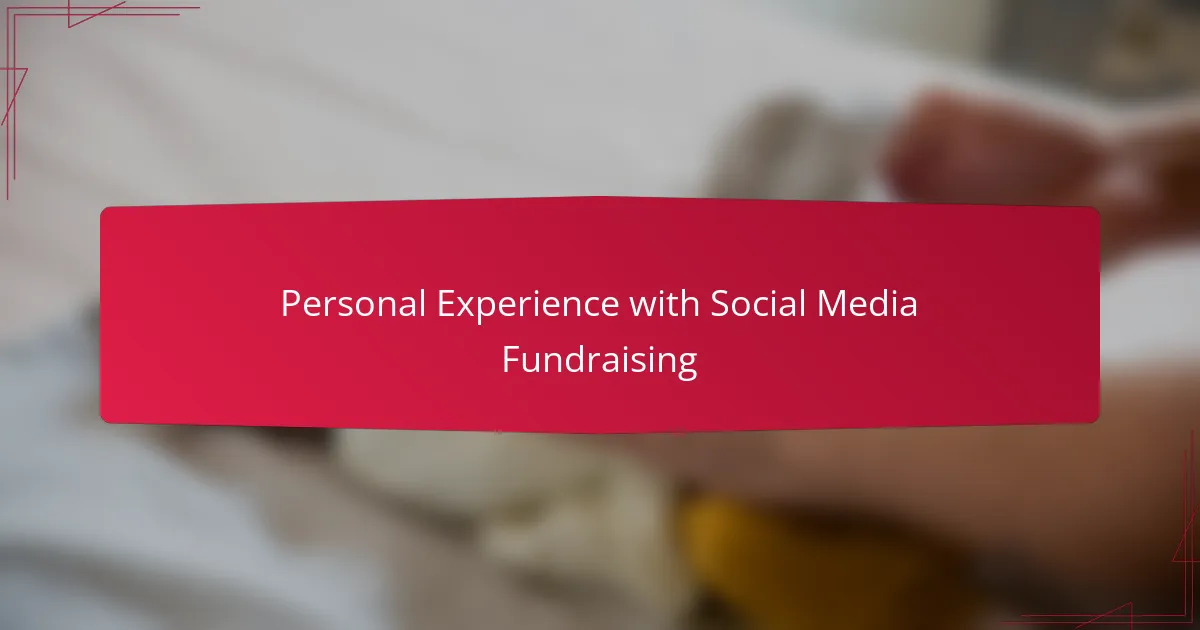
Personal Experience with Social Media Fundraising
I found that sharing heartfelt stories on social media created a genuine connection with my network, making fundraising feel more personal. When I posted regular updates and expressed gratitude, friends and family were motivated to contribute and share my campaign. This experience taught me that transparency and consistent engagement are key to successful social media fundraising.
| Traditional Fundraising | Social Media Fundraising |
|---|---|
| Relies on in-person events | Reaches a wider audience online |
| Time-consuming coordination | Quick sharing and instant updates |
| Limited to local community | Connects with supporters nationwide |
| Harder to show progress regularly | Easy to post real-time fundraising milestones |
